Real-time observations of what happens at the interface where a copper catalyst reduces carbon dioxide have been conducted by a team led by Lawrence Berkeley National Laboratory. Atomic-scale understanding of copper catalysts should help produce more reliable systems that can efficiently produce fuels and chemical feedstocks from this waste product.
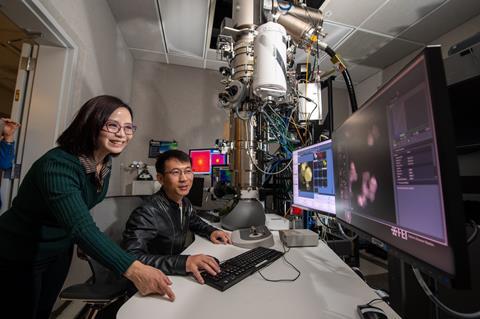
Copper-based catalysts have been used to drive the electrochemical reduction of carbon dioxide into hydrocarbons since their creation in the 1980s. Their ability to form the carbon–carbon bonds which form the backbone for many high-value chemicals and fuels has made them a popular choice for carbon dioxide electroreduction reactions. However, copper catalysts are not yet suitable for industrial-scale applications, due to several limitations which include a rapid decline in rate of catalysis rates within hours, high overpotentials, and poor selectivity. Additionally, the multi-component nature of carbon dioxide reduction and the lack of selectivity of copper catalysts often lead to the production of several unwanted byproducts. Overcoming these issues necessitates a closer look at how the catalyst works at an atomic level.
Transmission electronic microscopy (TEM) is a powerful tool for exploring the atomic dynamics of interfaces. However, it is not suitable for studying surfaces submerged in liquids which means it is unsuitable for understanding some catalytic systems.
Haimei Zheng and her team prepared a robust 10nm thick polymer membrane that was thin enough to allow high-resolution imaging. The membrane was transferred onto a commercial copper TEM grid coated with aluminium oxide on both sides which formed the top grid. For the bottom grid, a similar oxide-treated copper grid was coated with the polymer film on one side followed by the deposition of platinum electrodes, copper nanowire catalyst and a potassium hydrogen carbonate electrolyte. Together these two layers formed the polymer liquid cell.

The cell was frozen periodically by rapidly cooling it down to cryogenic temperatures to stop the reaction and monitor the atomic-scale changes occurring at different stages of the reaction. The observations uncovered an unseen fluctuating liquid-like amorphous state between the electrolyte and the surface. This transformation was reversible as the amorphous phase returned to its crystalline state once the current stopped flowing through the electrochemical cell.
Anthony Shoji Hall, a materials scientist at Johns Hopkins University who wasn’t involved in the new work, explains that in the case of electrochemical reactions involving heterogeneous materials, the surface of the material plays a critical role in controlling interfacial reactivity. The structure of the surface influences both geometric configuration and the electronic properties of that active site owing to variations in the arrangement of atoms present on the surface.
‘What’s really important about this study is that it shows that these surfaces are dynamic,’ he says. ‘We don’t just put in a material, perform the reaction and then get the same material out. The materials actually change during the chemical reaction.’ There are existing models for explaining the process of electrochemical reactions but Hall emphasises the need for techniques that enable in situ observation of the surfaced during the reaction.
‘This work provides fresh knowledge into the intermediate formation and electrocatalyst surface restructuring and their impact on the catalytic performance,’ says Zheng. ‘It also urges us to re-examine the catalyst design and explore new strategies to improve catalytic performance.’
‘They were able to design a system that still has liquid, still can undergo electrochemical reactivity, but you can see the atoms on the material,’ says Hall. ‘And that’s a big advancement because that opens up the opportunity for us to really start understanding the nature of the active site on these more complex materials and understand how it evolves during that catalytic reaction.’
References
Q Zhang et al, Nature, 2024, 630, 643 (DOI: 10.1038/s41586-024-07479-w)
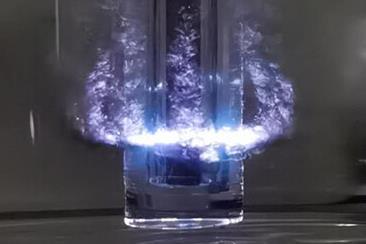
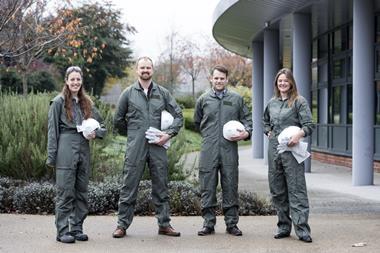
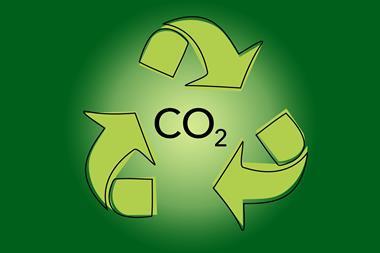
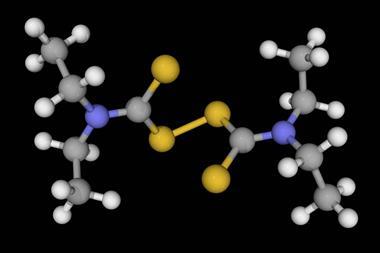
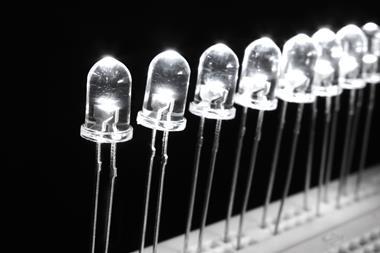
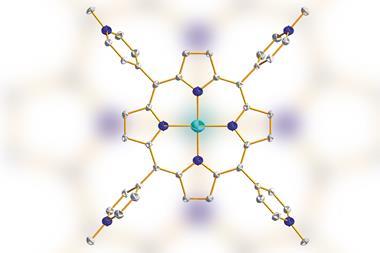






No comments yet